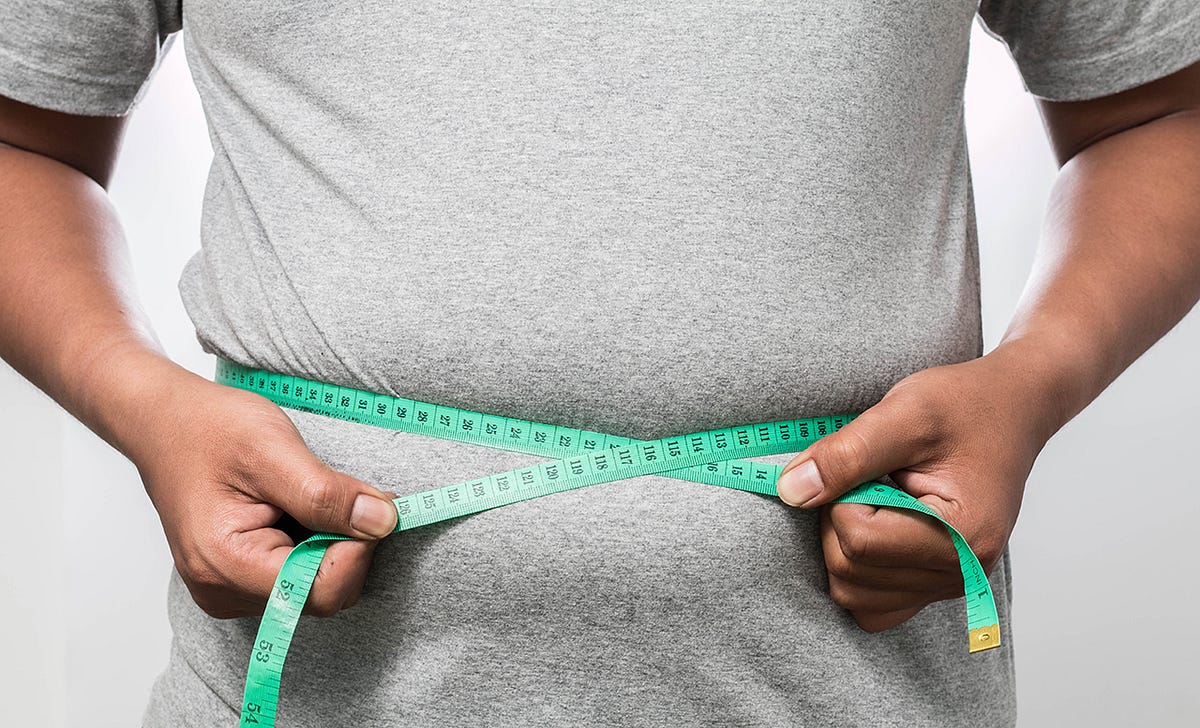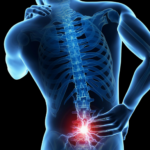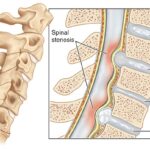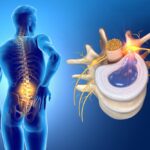Low back pain is a common condition that affects millions of people worldwide. While there are many causes of low back pain, one of the most common is excessive body weight.
In this article, we will explore the link between excessive body weight and low back pain, and provide solutions for reducing the risk of low back pain.
The Link Between Excessive Body Weight and Low Back Pain
How Excessive Body Weight Causes Low Back Pain
Excessive body weight can put a significant amount of stress on the muscles and joints in the low back area. The additional weight places an increased amount of pressure on the spine, which can lead to the development of low back pain.
In addition, excessive body weight can also cause changes in posture, which can further exacerbate low back pain. When carrying extra weight, the body may lean forward, which can place additional strain on the muscles and joints in the low back.
How Much Body Weight is Considered Excessive?
The amount of body weight that is considered excessive varies from person to person, depending on a number of factors, including height, age, and gender. However, as a general rule, a body mass index (BMI) of 30 or higher is considered to be obese, and is associated with an increased risk of low back pain.
Other Factors That Can Contribute to Low Back Pain
While excessive body weight is a common cause of low back pain, there are also other factors that can contribute to the development of low back pain. These factors include:
- Poor posture
- Lack of exercise
- Poor diet
- Smoking
- Stress
Solutions for Reducing the Risk of Low Back Pain
Weight Loss
One of the most effective ways to reduce the risk of low back pain is to lose weight. By reducing body weight, you can decrease the amount of stress placed on the muscles and joints in the low back area, which can help to alleviate pain.
Exercise
Regular exercise is also important for reducing the risk of low back pain. Exercise helps to strengthen the muscles in the low back area, which can help to support the spine and reduce the risk of injury.
Improving Posture
Improving posture is another important step in reducing the risk of low back pain. When standing or sitting, it is important to maintain proper posture, with the shoulders back and the spine straight.
Other Lifestyle Changes
In addition to weight loss, exercise, and improving posture, there are also other lifestyle changes that can help to reduce the risk of low back pain. These changes include:
- Improving diet
- Stopping smoking
- Reducing stress
FAQs
Can low back pain be completely cured?
While low back pain can be difficult to treat, it is often possible to manage the symptoms effectively with a combination of lifestyle changes and medical treatment.
Can low back pain be caused by other factors besides excessive body weight?
Yes, there are many factors that can contribute to the development of low back pain, including poor posture, lack of exercise, poor diet, smoking, and stress.
What are some exercises that can help to reduce the risk of low back pain?
Some exercises that can help to reduce the risk of low back pain include yoga, Pilates, walking, swimming, and strength training exercises.
Conclusion
In conclusion, excessive body weight is a common cause of low back pain. By understanding the link between body weight and back pain, and taking steps to reduce the risk of low back pain, you can improve your overall health and wellbeing.
If you are experiencing low back pain, it is important to seek medical advice to determine the underlying cause and develop an appropriate treatment plan.
Remember, taking care of your body and making healthy lifestyle choices can go a long way in preventing low back pain and other health issues. Regenerate response







